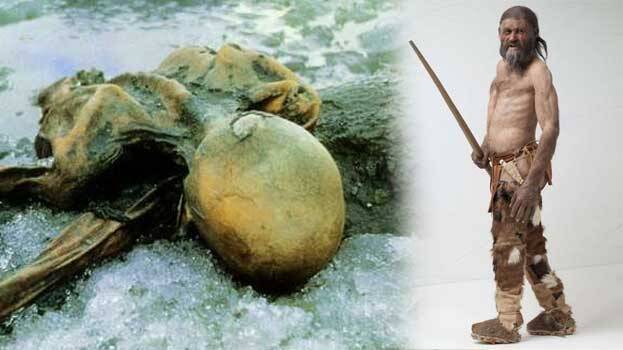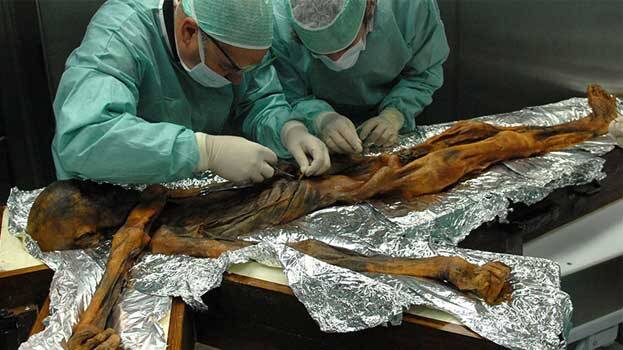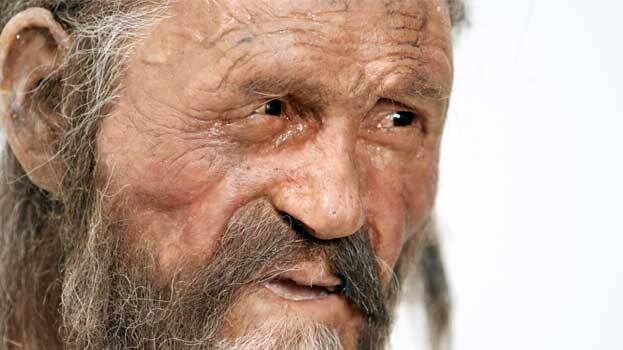

Researchers wanted to test this body. Women sought possibilities to bear his babies. Governments want to know more about him. This is about the Otzi-archaeological find of the 20th century.
On September 19, 1991, the mummified body of a 5,300-year-old was discovered by a couple of Helmut and Erika Simon in melting ice at a rock-gully crime scene high in the Italian Otzal Alps. Nicknamed “Otzi“, it was believed to be the body of a mountain hiker. He was found with a very copper ax, which negated the belief that he was a hiker. The iceman is much ancient than the pyramids and Stonehenge.
The frozen corpse also gave modern science the opportunity to forensically investigate and positively determine how Otzi the Iceman was killed.
Italy gained legal possession of the body and artifacts, however in the interests of science and history, everything was kept at Innsbruck until a proper, climate-controlled facility was built at the South Tyrol Museum of Archaeology in Bolzano, Italy, where Otzi the Iceman now rests.

Who was he?
Technological advances over the past twenty-five years have answered some questions surrounding Otzi’s life and death and surely the next twenty-five will answer more. He stood at 5 feet 2 inches tall and had a slightly muscular build of 110 pounds, a narrow and pointed face, tanned skin, brown eyes, long dark hair and a shaggy beard. The dead body weighed 13.78 kilogram. His blood type was O-positive, and he has 61 tattoo marks. Tattooing by such ancient men came as a revelation.
After seven years of study at Innsbruck University, Otzi the Iceman was transported to South Tyrol, Italy, where he was to be both further studied and put on display.
At the South Tyrol Museum of Archaeology, Otzi was encased within a specially made chamber, which is kept dark and refrigerated to help preserve Otzi's body.

The mystery behind Otzi’s death
A wound reveals Otzi was hit in the shoulder with a deadly artery-piercing arrow. In the new study, scientists who looked at pinhead-sized samples of brain tissue from the corpse found traces of clotted blood cells, suggesting Ötzi indeed suffered bruising in his brain shortly before his death. Scientists had earlier found that he suffered blow to his ribs.
But there's still a piece of the Neolithic murder mystery that remains unsolved: It's unclear whether Ötzi's brain injury was caused by being bashed over the head or by falling after being struck with the arrow, the researchers say.
